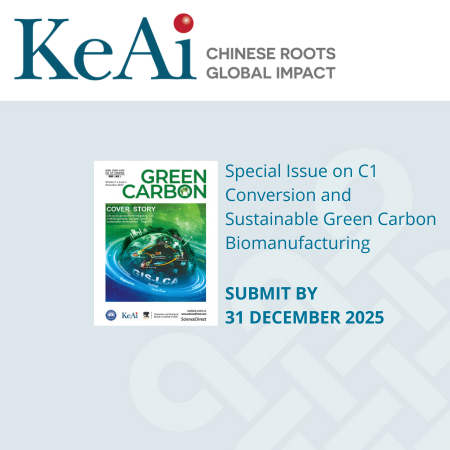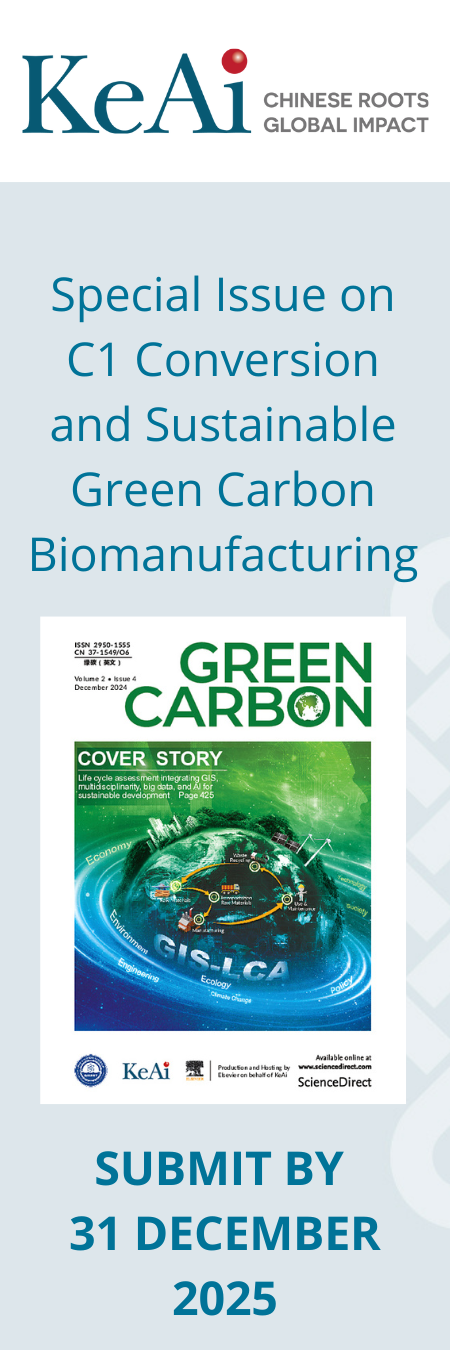The historical evolution and research trends of life cycle assessment
December 2024
Life cycle assessment (LCA) is a widely used tool for environmental decision-making; however, it still has theoretical and practical limitations. Through a comprehensive review of traditional LCA development...
State-of-the-art advances in biotechnology for polyethylene terephthalate bio-depolymerization
September 2025
Polyethylene terephthalate (PET) is a widely used thermoplastic material that contributes significantly to global plastic pollution. To address the pressing need to recycle fossil-derived PET and the...
Zeolites for the environment
March 2024
Zeolites are characterized by their microporous, crystalline structures with a four-connected framework with variable compositions, predominantly aluminosilicates. They are extensively utilized as adsorbents,...
Machine learning models for rapid prediction of chemicals’ life-cycle environmental impacts: Current status, challenges, and future directions
Available online 20 August 2025
Understanding and reducing the life-cycle environmental impacts of chemicals can benefit a wide range of industries. However, current life cycle assessments (LCA) of chemicals are limited by slow speed...
Thermal conductivity of carbon-based nanomaterials: Deep understanding of the structural effects
September 2023
The thermal conductivity of carbon-based nanomaterials (e.g. carbon nanotubes, graphene, graphene aerogels, and carbon fibers) is a physical property of great scientific and engineering importance....
COF-999: A high-performance CO2 adsorbent for direct air capture technology
Available online 9 May 2025
Hydrogen-oxidizing bacteria: A promising contributor to environmental sustainability and resource recycling
Available online 21 March 2025
Single-cell proteins (SCPs) derived from hydrogen-oxidizing bacteria (HOB) are a promising strategy to address global food challenges. As versatile microorganisms with rich carbon metabolism, they also...
Microbial L-malic acid production: History, current progress, and perspectives
December 2023
L-malic acid (L-MA) is an important intermediate in the tricarboxylic acid cycle and a crucial bulk chemical with various applications in the food, pharmaceutical, and chemical industries. With the...
Advances in reactive co-precipitation technology for preparing high-performance cathodes
December 2023
Reactive crystallization plays an essential role in the synthesis of high-quality precursors with a narrow particle size distribution, dense packing, and high sphericity. These features are beneficial...
Recent advancements and perspectives of the CO2 hydrogenation reaction
December 2023
Owing to excessive carbon dioxide (CO2) emissions, which cause severe environmental issues, the conversion and utilization of CO2 have received increasing attention. Owing to its high efficiency and...
Electrochemical CO2 reduction to C3+ products: a review
Available online 10 April 2025
A possible pathway to achieve carbon neutrality is the production of high-value-added multicarbon chemicals via electrochemical CO2 reduction reaction (CO2RR). This review highlights recent advances...
Developing Rhodotorula as microbial cell factories for the production of lipids and carotenoids
December 2024
Amid resource shortages and environmental concerns, microbial synthesis has emerged as a promising and sustainable alternative to traditional chemical synthesis. Rhodotorula, a genus of yeasts known...
Recent advances in microalgae-driven carbon capture, utilization, and storage: Strain engineering through adaptive laboratory evolution and microbiome optimization
March 2025
The potential of microalgae as a biological resource for carbon capture, utilization, and storage (CCUS) has been extensively discussed. Although genetic engineering methods have been employed to improve...
Towards greener polymers: Trends in the German chemical industry
March 2024
Global plastics production is expected to exceed 400 million tons and reach 600 million tons by 2060. Their synthesis currently accounts for approximately 3% of global greenhouse gas emissions. Approximately...
Textile waste – an opportunity as well as a threat
December 2023
Clothing and textiles are very challenging to recycle due to the fact that they are nearly always a blend of fibres from different types of polymers. There are some promising early indications that...
Achieving carbon neutrality through ecological carbon sinks: A systems perspective
September 2023
ga1...
Application of nanocellulose in solar photo/thermal energy conversion and electrochemical energy storage devices
September 2025
The recent spate of environmental challenges and increase in global warming have spurred increased focus on renewable biomaterials and the development of next-generation green energy conversion and...
Advancing Synthetic Biology for Sustainable One-Carbon Biomanufacturing
Available online 7 November 2025
Synthetic biology presents a promising pathway for transforming abundant one-carbon (C1) compounds, such as CO₂, methane, and methanol, into value-added products using engineered microbes, providing...
Engineering microbiomes to enhance macroalgal health, biomass yield, and carbon sequestration
March 2025
Macroalgae farming not only holds significant economic value but also contributes substantially to carbon sequestration, and therefore has gained intensified attention globally under climate change...
Assessment of carbon footprint of potable water production: A case from Bangladesh
September 2024
Carbon footprint (CF), a measure of greenhouse gas (GHG) emissions, is currently a global concern because of its significant effects on climate change. Understanding GHG emissions from potable water...
Integration of advanced biotechnology for green carbon
June 2024
Carbon neutralization has been introduced as a long-term policy to control global warming and climate change. As plant photosynthesis produces the most abundant lignocellulosic biomass on Earth, its...
Recent advances and applications of soft-ionization mass spectrometry in electrochemical transformations
Available online 3 October 2025
Electrochemical transformations play a vital role in various fields such as chemistry, energy conversion and storage, and environmental protection. These processes are complex and involve multiple reaction...
Electrochemical conversion of biomass derivatives to value-added chemicals: A review
June 2025
Countless efforts have been dedicated to shifting from fossil- to bio-based resources, including the conversion of biomass derivatives into high-value building-block chemicals using various catalytic...
Developments of catalysts for the direct conversion of aqueous ethanol to butadiene
September 2025
1,3-Butadiene is an important chemical raw material, especially with its large market demand as the main monomer for rubber tires. It is mainly produced by the thermal cracking of naphtha as a by-product...


